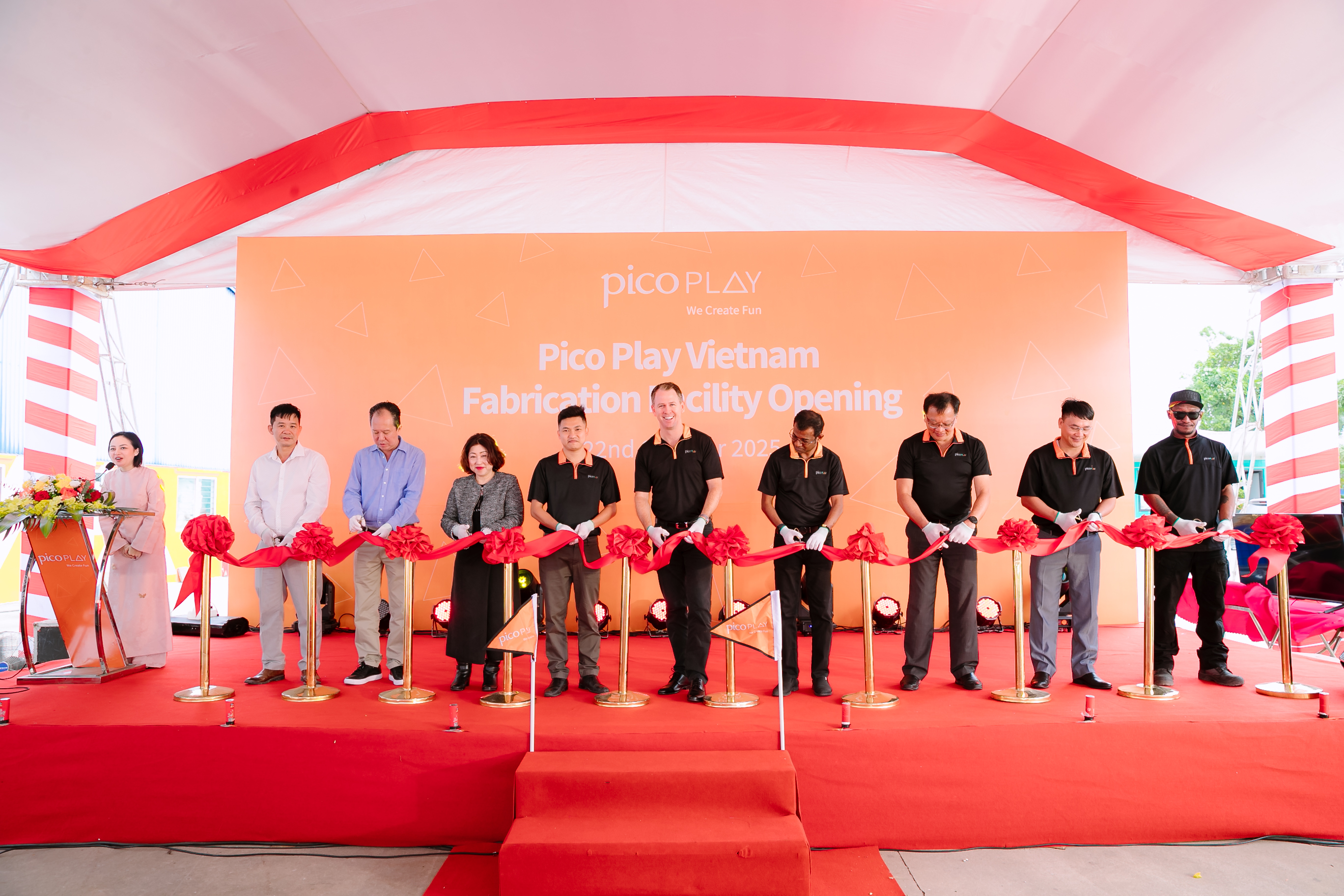Are virtual & hybrid events the new normal?
The world’s population currently stands at around 7.75 billion; 60% of which are connected to the internet and close to 50% are active social media users, according to a recent report published by Hootsuite. The average internet user also spends around 40% of our waking hours or 6.7 hours daily on the internet.
We spend a lot of time in the digital space, communicating, learning and connecting with friends, colleagues and the world around us; the idea of doing the same in a virtual event should be anything but surprising.
The virtual event concept is not new, the first “virtual tradeshow” was publicly described by Alan Saperstein and Randy Selman of Visual Data Corporation, now known as Onstream Media in April 1993: “A virtual event is an online platform where people meet and interact with each other, replacing the need for a physical location.”
The need for virtual or hybrid experience has never been so critical for the event industry as it is now, with a global slowdown of the MICE and travel business. There is a sudden exponential growth in the demand for virtual or hybrid events to replace or extend their physical counterparts.
The technology for virtual meetings has also existed for the last decade, albeit improving in efficiency and functionality. But before we dive straight into the technology, these are some of the planning considerations for a virtual event:
1. What are the objectives and programme format of your virtual/hybrid event?
Having a clear understanding of your goals and programme will help decide the technology platforms that would be most appropriate for your event, e.g. number of single session tracks and multi-session tracks, need for a virtual networking lounge or business matching, the need for a tradeshow and virtual booths, etc.
2. What is the revenue strategy for your virtual or hybrid event?
Create a list of digital inventories for sponsorship sales and the entitlements for the virtual attendees. For a hybrid event, how would you position your pricing strategy to avoid cannibalising on your onsite attendance? And would you consider extending the content beyond the physical event?
3. How would you create a seamless virtual onboarding experience for your stakeholders?
Create clear user journeys that determine how each stakeholder can easily confirm their participation and attendance at the virtual/hybrid event. This would assist in understanding the level of integration between the digital platforms that would be required.
4. Modify your marketing plan to optimise your audience engagement for the virtual/hybrid event at pre-event, at-event and post-event phases.
Develop an integrated marketing strategy that utilizes the virtual content and opportunities of your event, to enhance your outreach to the right target audience with the most effective channels. For example, a flash sale, literally, of a popular keynote session on live-video that is offered only in the last 15-mins before the session starts.
5. What level of insights will you be able to retrieve from the experience?
This is critical for every event, but even more so for a virtual event with no physical experiences or interaction. The benefit of a virtual event is that everything digital can be easily tracked and monitored: the structured insights that can be obtained through polls and surveys and the unstructured data that can be obtained for analysis, e.g. dwell times, registration logs, check-in and out logs, etc. The insights will help you evaluate, reassess and develop an even better virtual/hybrid experience for your attendees in the next edition.
The key to a successful virtual event lies in the ability to “join-the-dots” on the overall strategy and considerations mentioned herein, coupled with the use of the appropriate technologies to enable the event. As the COVID-19 situation normalises globally, the new normal of hybrid events will slowly but surely become more evident as the market embraces its potential benefits.


.png)
.png)



.jpg)

